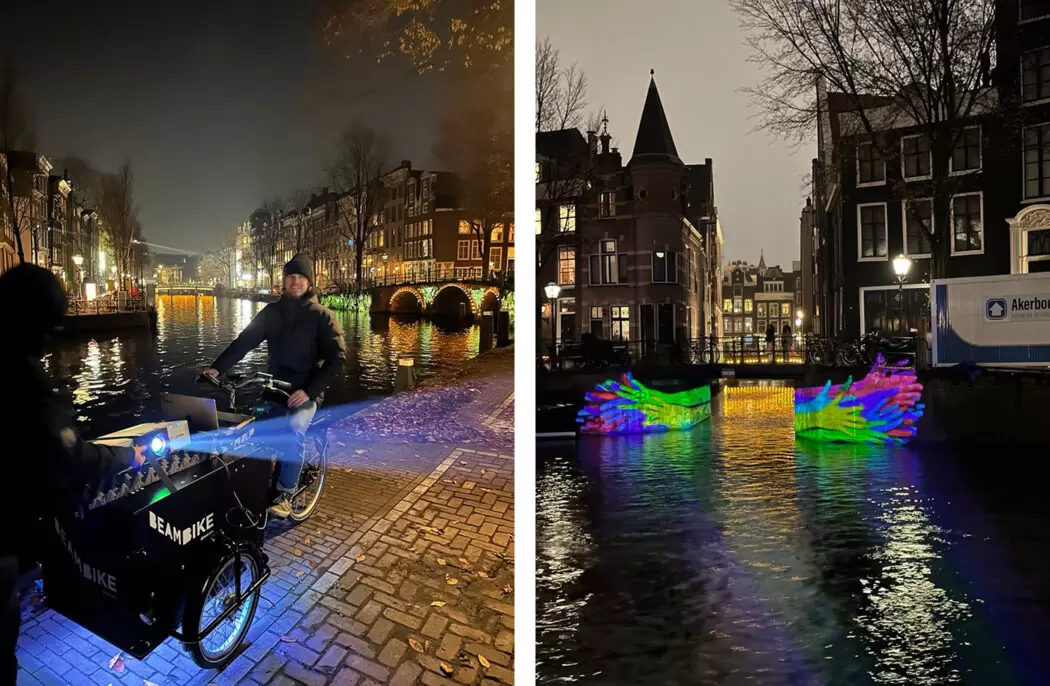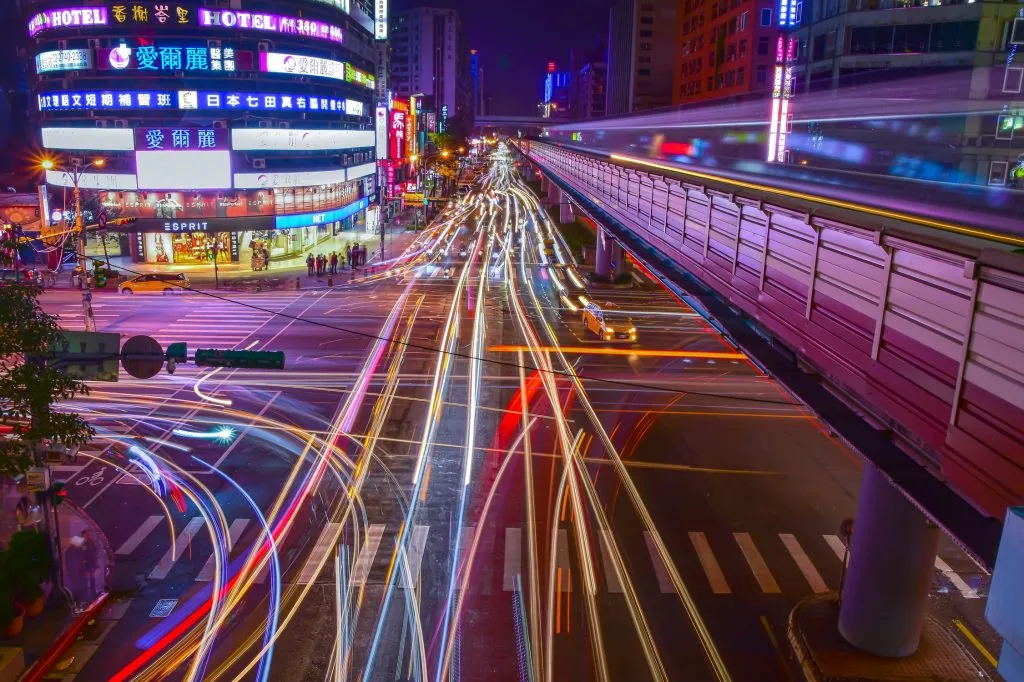Survival Tactics: The Art of Self-Portraits
Self-portraits are not just another selfie! In this article, we compiled the top tips and tricks to navigate the intimidating practice of taking pictures of yourself, and this no matter your medium of choice.


Whether for experimentation or exhibition, self-portraiture has been a long-standing tradition among artists working in a variety of media. Western art history has identified the 15th century as the rough beginning of the practice, citing Jan van Eyck’s Portrait of a Man painted in 1433, as the world’s first self-portrait. With the emergence of higher quality mirrors, sophisticated camera obscura’s, and linear perspective in art, these important evolutions in art helped artist’s begin to explore capturing one’s own likeness. Moreover, self-portraiture helped facilitate deeper explorations into artistic practices and movements as artists developed their practice with their own best model–themselves.
Self-portraiture is a powerful way to express oneself and explore one’s identity. It can be done in a variety of media, including painting, drawing, photography, sculpture, and even digital art. Whether you’re a beginner or an experienced artist, there are a few key tips and tricks that can help you create successful self-portraits in whatever media you choose to utilize.

Jan van Eyck, “Portrait of a Man (Self Portrait?)”, oil on board, 25.5 x 19 cm, 1433. National Gallery, London.
Begin with a concept or idea
Before you begin creating your self-portrait, it’s important to have a clear idea of what you want to convey. This could be a specific emotion, a particular moment in your life, or a representation of your personality. Having a concept in mind will help guide your creative process and give your self-portrait a sense of purpose.
Having this key concept as your return point throughout your process will help keep focus on the work. Particularly if self-portrait is a new avenue for you as an artist, continuing to come back to the central idea will help keep you on track. This may be a photo of yourself that you really like, a memento that speaks to your personality and evokes an emotional response, a favourite piece of clothing, or perhaps even a piece of music that you play on repeat; whatever it is, keep it close for a reference when you may begin to feel overwhelmed or a bit lost in the process.
Experiment with different angles and perspectives
One of the most interesting things about self-portraiture is the ability to play with different angles and perspectives to express your unique perspective as an artist. Taking photos or making drawings from different angles, such as from above or below, can help add depth and interest to your self-portrait and can also help convey different emotions or moods.
Mainly if working in a more abstract or conceptual style where the self is not meant to be a realistic representation, various angles may be a source of inspiration for further experimentation and exploration. Perhaps a cubist approach to your likeness, or even your skin tone in varying shades in the light, can help inspire you to capture your essence in whatever media you choose.

Hermann Scherer, “Self Portrait in Landscape”, oil on canvas 109 x 89 cm, 1924-1926.
Lighting is everything
Natural light can be very flattering and can add a sense of realism to your self-portrait. Taking photos or making drawings near a window or outdoors during the daytime can lend to realistic and natural representations of the self.
Conversely, experimenting with dramatic light, shadow, and abstraction with strategic light sources can lend to evocative reference images to build off of. Especially in photography and digital media, experimenting with the limits of lighting in your process and work may lend to some surprising discoveries that resonate. This also rings true for sculpture artists, where light raking across varying depths of relief can have a dramatic effect on form and composition.
Play with color and composition
Colour and composition can greatly affect the mood and emotion of your self-portrait. Experiment with different color palettes and compositions, and see how they impact the overall feel of your self-portrait. You can also try playing with different contrasts, such as light and dark, or warm and cool colours, to create a sense of depth and movement.
Preparatory collages and mood boards can really come in handy here! Whether this may be the traditional paper and paste or digital folders of inspirational images, artworks, and other media, having an arsenal of inspirational media can help you through your own process. Allowing yourself freedom to experiment with reference material, color, and composition before and during your self-portrait work can lend to depth and interest in your final work.

Be honest and authentic
Finally, it’s important to remember that self-portraiture is a reflection of yourself. Don’t be afraid to show your true self, with all of your flaws and imperfections. Being honest and authentic in your self-portrait can make it more relatable and powerful.
Some of the most interesting self-portrait works are not necessarily accurate portraits in high realism, but rather capture the essence and personality of the artist. The artist’s true self and vulnerabilities are therefore the crux of a successful self-portrait. Owning these parts of the self and acknowledging their role in you as a person offers your audience an authentic glimpse into your character and unique perspective as an artist.

Charles Fager, “Thinking about Self-Portraits”, 1978, porcelain, Smithsonian American Art Museum, Gift of Dr. James C. and Ann M. Ross, 1981.28
Self-portraiture can be a challenging but rewarding experience. Think of it as a cathartic therapy session with yourself! Joking, but not really joking! Peeling back the layers of yourself and embracing your unique qualities enriches your final work with honesty, authenticity, and dimension. A self-portrait is the unique work in your practice that is deeply personal and reflects to the world how you see yourself while embodying your unique practice.
Creating a self-portrait is not necessarily the defining moment in your artistic career. Many artists have produced multiple self-portraits that reflect feelings or moments in their lives that reflect themselves at that particular time. This is to say that your self-portrait is not necessarily a limiting work which will define your sense of self or career. Rather, it is a self-reflexive timestamp which adds to your overall artistic narrative. By following these tips and tricks, you will be on your way to create successful self-portraits that reflect your unique personality and experiences.

Joseph Ducreux, “Self-Portrait, Yawning”, oil on canvas, 117.8 x 90.8 cm, 1783.





